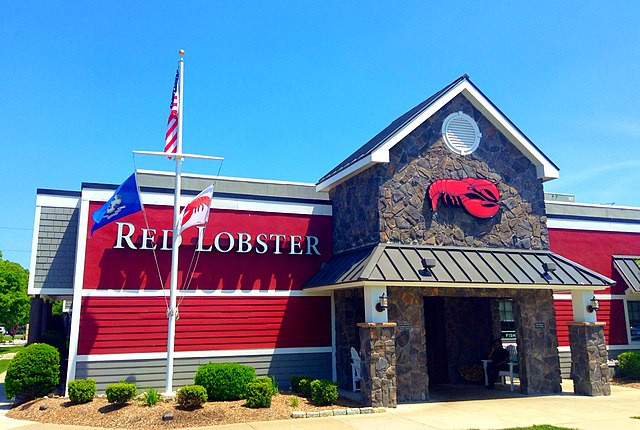Red Lobster, the iconic seafood restaurant chain known for its Cheddar Bay Biscuits and affordable shrimp and lobster dishes, has filed for bankruptcy. The Orlando, Florida-based company, which has been a staple in American dining since 1968, listed assets and liabilities ranging from $1 billion to $10 billion in its Chapter 11 bankruptcy petition filed on Sunday. This filing will allow Red Lobster to continue operations while it restructures its debt and develops a plan to repay its creditors.
Red Lobster's financial struggles have been mounting for several years, exacerbated by a disastrous promotion and the broader challenges facing the casual dining sector. The chain, which now operates more than 550 restaurants across the United States and Canada, has seen a significant decline in customer traffic, with diners down approximately 30% since 2019. The company reported a $76 million loss for the 2023 fiscal year, highlighting the severity of its financial woes.
Inflationary pressures, coupled with higher labor costs, have further strained Red Lobster's finances. A significant portion of the chain's leases are priced above market rates, adding to the financial burden. In a bid to attract more customers, the company introduced a permanent "Ultimate Endless Shrimp" promotion in May 2023. However, this move backfired, costing Red Lobster $11 million as diners flocked to take advantage of the offer.
Red Lobster's current owner, Thai Union Group, a major seafood supplier, has been unable to stem the company's decline. Despite efforts to negotiate an out-of-court restructuring deal with lenders that would have handed over 80% of the company to creditors, discussions fell through. Thai Union had already infused $20 million into Red Lobster in February but was unwilling to commit further without additional support from the chain's management.
The bankruptcy filing also sheds light on the company's internal challenges. Red Lobster has had five CEOs since 2021, reflecting significant instability in its leadership. The chain's executives have pointed to Thai Union's cost-cutting measures as a contributing factor to its decline, suggesting that these efforts, while intended to reduce expenses, ultimately harmed the business by eroding food quality and customer service.
Red Lobster plans to transfer control to its lenders, who have agreed to provide $100 million in financing to support the chain through its bankruptcy proceedings. This financing is critical for the company to continue its operations and work on a restructuring plan. The company employs 34,000 people in the U.S. and an additional 2,000 in Canada, and it serves 64 million customers annually, according to its bankruptcy filing.
The chain's troubles are indicative of broader challenges facing the casual dining industry. The rise of fast-casual and quick-service restaurants has eaten into the market share of traditional sit-down chains like Red Lobster. According to Technomic, a restaurant research firm, casual dining's share of the total restaurant industry sales has declined from 36% in 2013 to 31% in 2023.
Red Lobster's parent company, Thai Union, had previously announced plans to divest from the chain, taking a $530 million loss on its investment. This move followed a series of missteps, including the ill-fated shrimp promotion, which Red Lobster's management reportedly opposed.
As Red Lobster navigates its bankruptcy proceedings, it will be crucial for the company to address its "bloated and underperforming restaurant footprint" and adapt to the changing dynamics of the restaurant industry. The company's restructuring plan will need to focus on improving operational efficiency, enhancing customer experience, and potentially reimagining its menu offerings to stay competitive in a challenging market.
The case is Red Lobster Management LLC, 24-02486, U.S. Bankruptcy Court for the Middle District of Florida.






